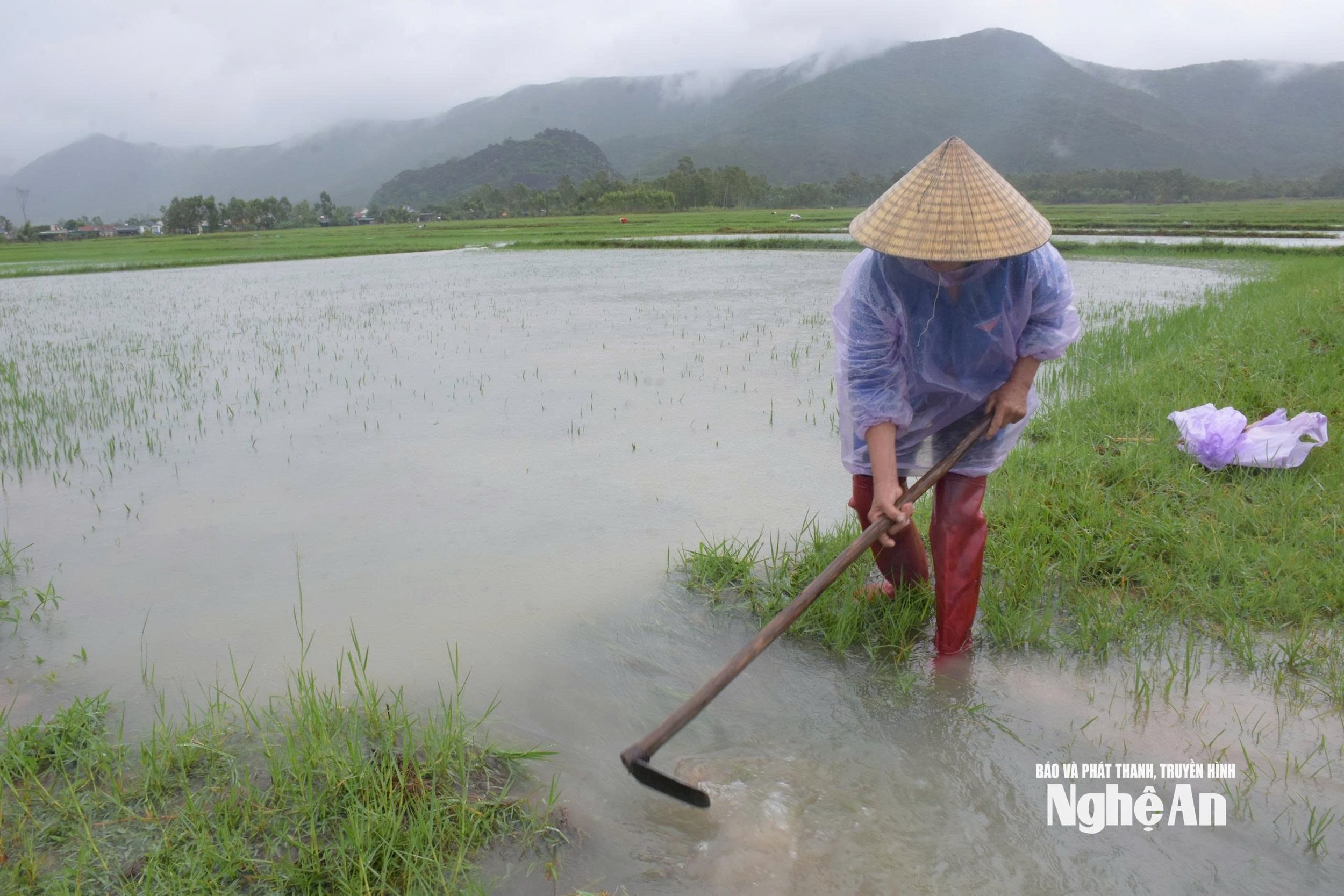
Learning from the floods of 2018 and 2022, when water from upstream washed away many crops, this time, people in many places proactively "went one step ahead". Even though the vegetables were still young and the mud was still deep... people were determined to harvest early, to get every penny they could.
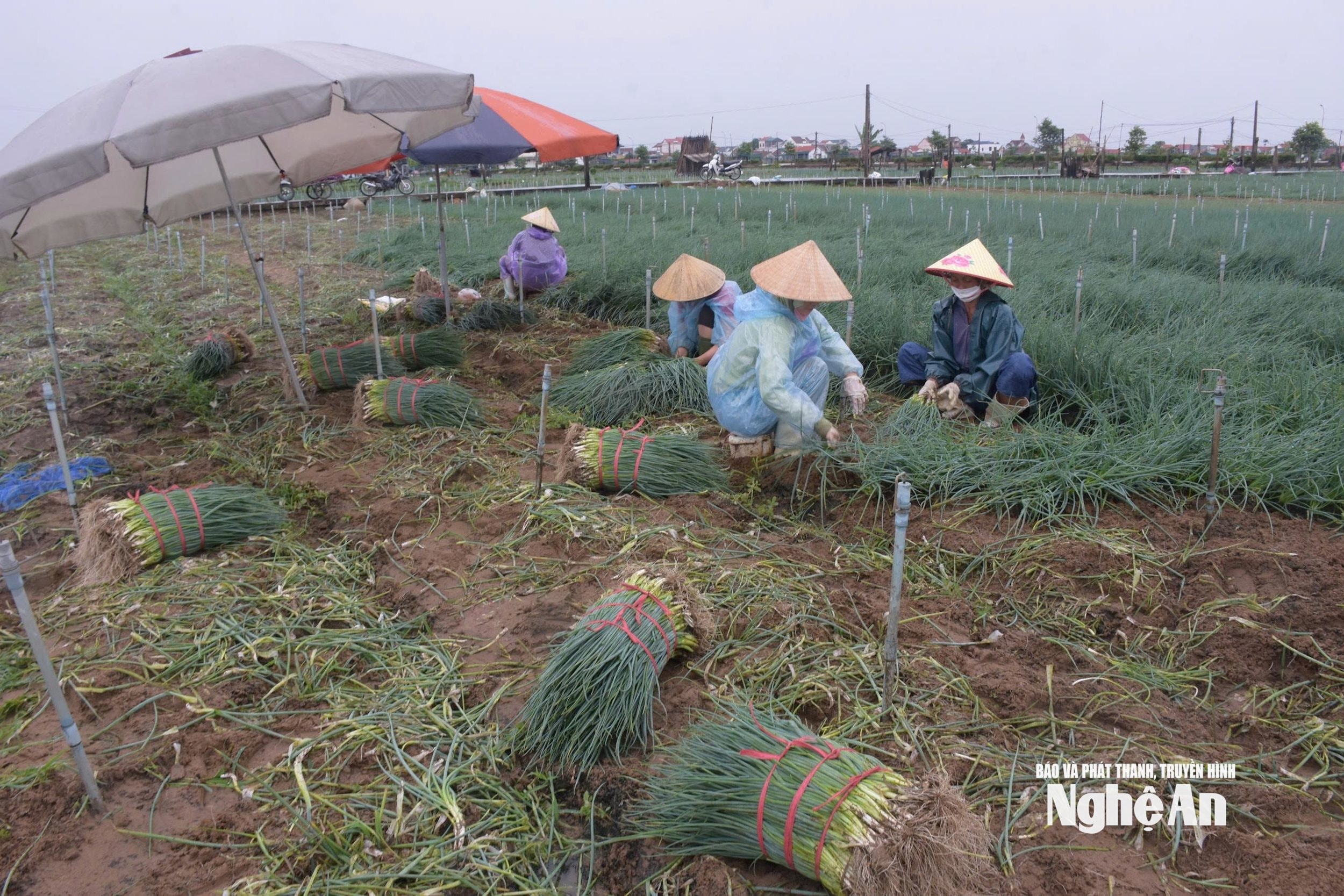
In Quynh Anh commune, old Quynh Luu district, heavy rains combined with water caused many vegetable fields to be flooded. After more than a day of being soaked in water, onions and mustard greens began to rot. Many farmers rushed to the fields to salvage each vegetable plant and onion stalk.
Mr. Nguyen Hong, a long-time onion grower in Quynh Anh commune, said: “It was time to harvest the onions when there was a heavy rain. The whole field was damaged, the roots were flooded, and everything fell down. We mobilized our family members to pull the onions early to sell them in time. Damaged onions could only be sold for 5,000 VND/kg, half the price before the storm, but we had to accept it, otherwise if we left them for a few more days, it would be considered a total waste.”
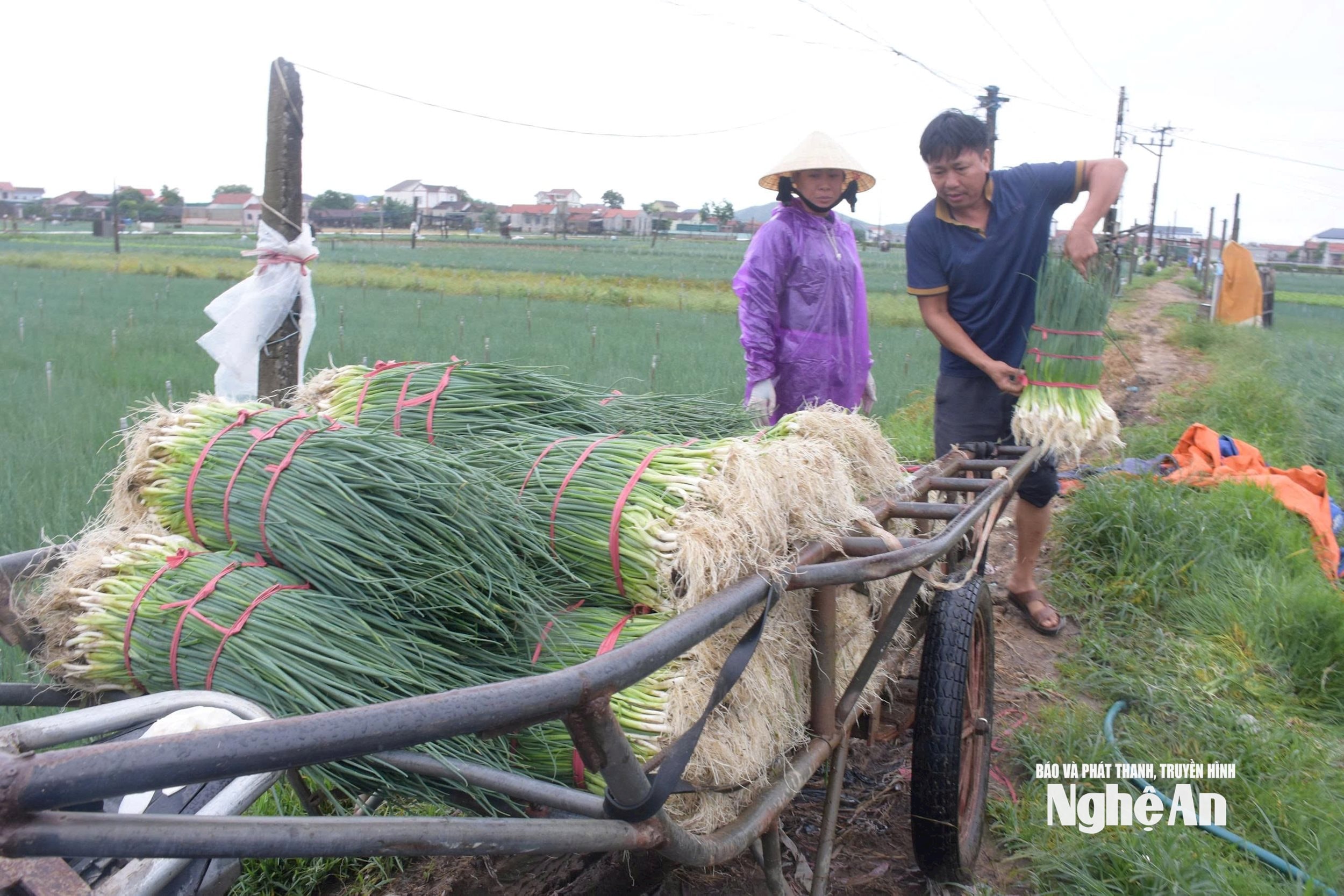
Don't wait until it's flooded to worry, in the key vegetable area in Tan Mai ward (old Hoang Mai town), the harvest atmosphere is also very urgent. The rain has not caused flooding in the fields here, but according to the experience of the people, when the hydroelectric dam releases flood water combined with the circulation after the storm, the situation will be complicated, possibly causing severe flooding. Therefore, people proactively harvest early to avoid being passive like previous years.
Ms. Ho Thi Minh, a vegetable grower in Tan Mai, recalls: “In 2018, after the flood, the whole field was submerged. The soil was eroded, the vegetables were uprooted, and after the water receded, they wilted beyond saving. This year, there was an early warning, so even though the vegetables were still young, they were harvested. Traders bought less, the price was low, but it was better than losing everything.”
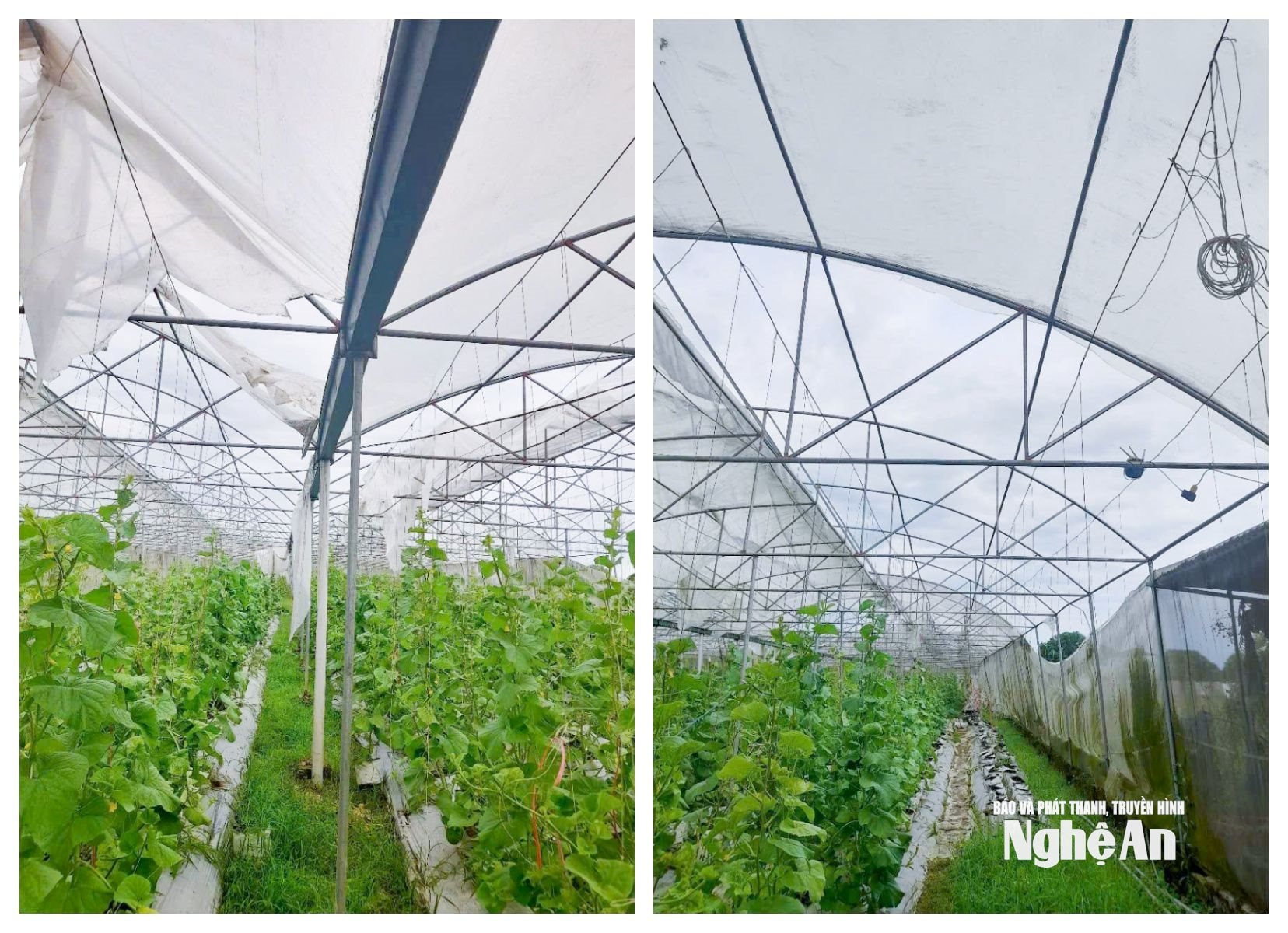
In Hung Nguyen commune (formerly Hung Nguyen district), many summer-autumn rice fields are also flooded. Ms. Nguyen Thi Hong, who cultivates 3 sao of rice, shared: “The rain has stopped but the river water is rising, the water in the fields cannot drain. If the rain and floods continue, the rice will rot. We are mobilizing people to drain the water and open more channels to save the fields. If we don't hurry, we will not make it in time.”
Greenhouses in Van An commune, old Nam Dan district were also severely affected. Despite being reinforced and braced against the storm, strong winds still blew off the roofs of many greenhouses, flooding the melons - a crop that is very sensitive to humidity.
Ms. Thao Khanh, a melon grower in Van An commune, said: “My 200m² greenhouse roof was blown off. The melons are almost ready to be harvested but are now flooded. If left to soak for too long, the fruit will rot and fall prematurely, and there is no way to save it. This crop is considered a total loss.”
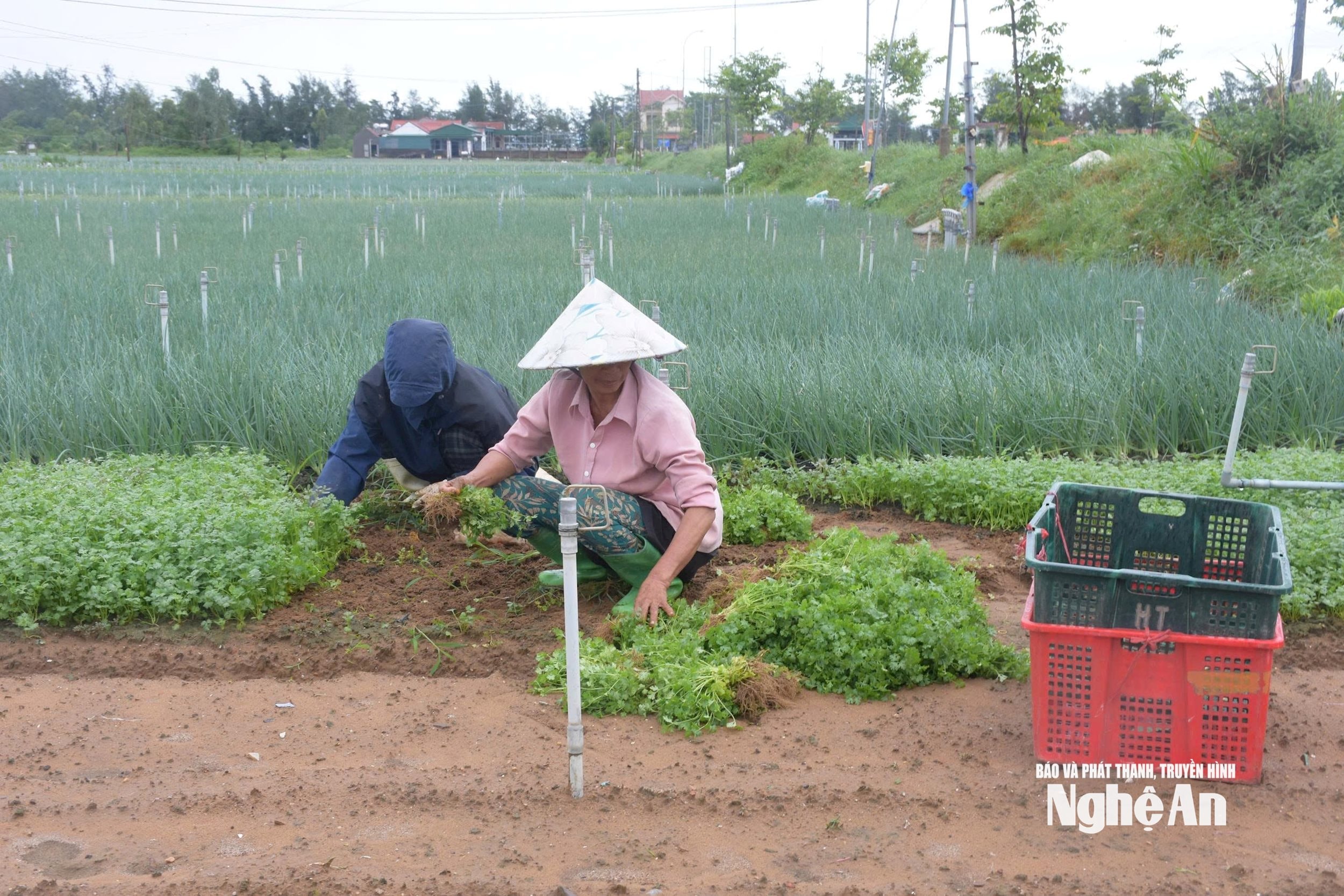
Not only in the plains, in Cat Ngan commune (formerly Thanh Chuong district), which is considered the capital of black star apple in Nghe An, the storm caused significant damage. Star apple trees over 10m high were broken by the wind, uprooted, and young fruit fell all over the ground.
Mr. Le Dinh Anh, a long-time canarium grower, lamented: "Last year this tree yielded 8 million VND, this year there were even more fruits, but before we could pick them, the wind blew them all down. Now we can only pick the green fruits to sell, earning 10,000 - 12,000 VND/kg, less than one-tenth of the price of ripe fruits."
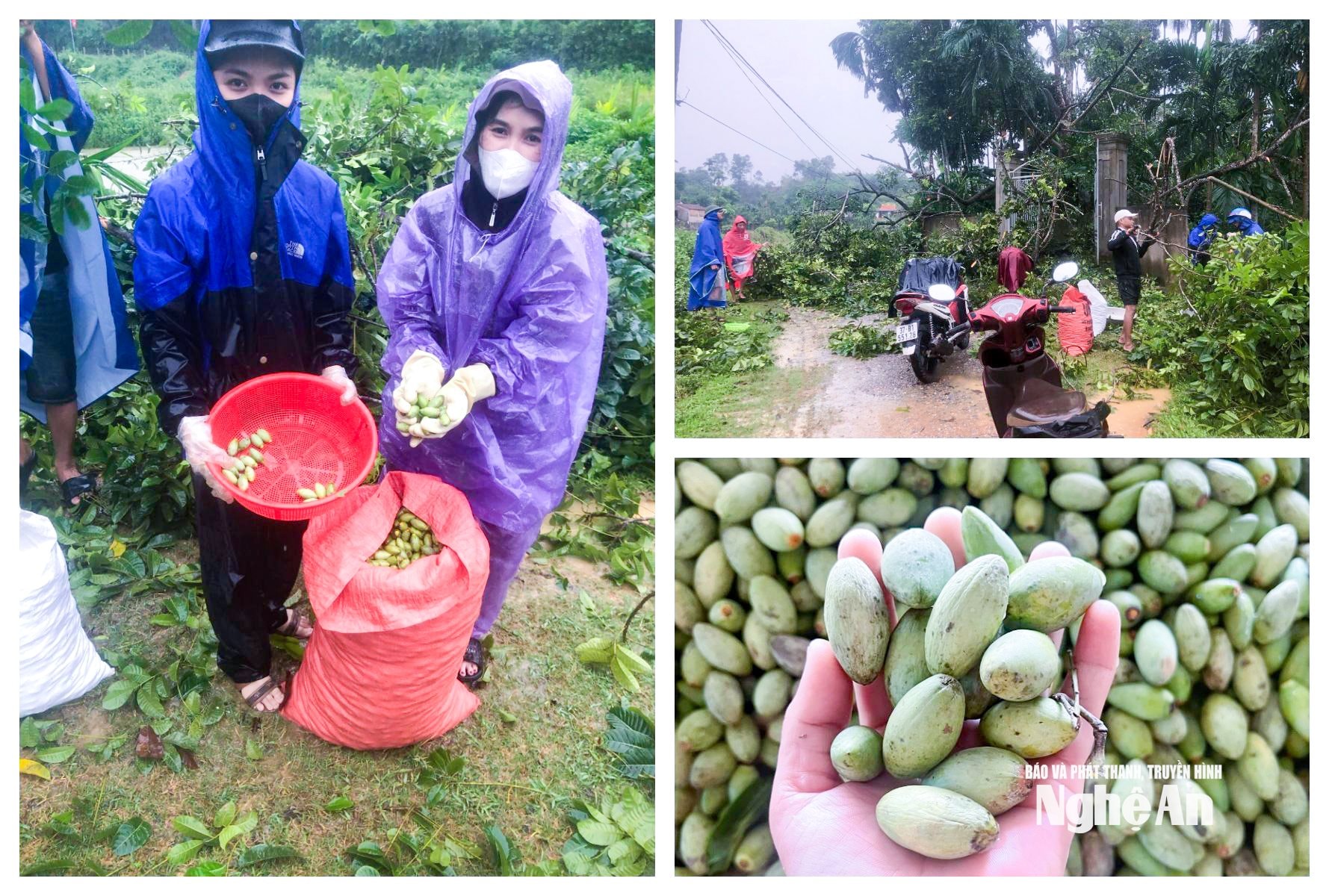
Currently, many households in Cat Ngan are taking advantage of the opportunity to collect green fruit to sell to traders, even though they know it is not worth much. What is more worrying, many large trees have broken in half, risking losing their source of income for the following years.
In the hustle and bustle of the storm and flood season, the image of farmers immersing themselves in the fields, picking up and salvaging each row of young vegetables, picking up each fallen canarium fruit, draining water from the rice fields... is proof of the spirit of proactiveness, urgency, and resourcefulness in responding to natural disasters.
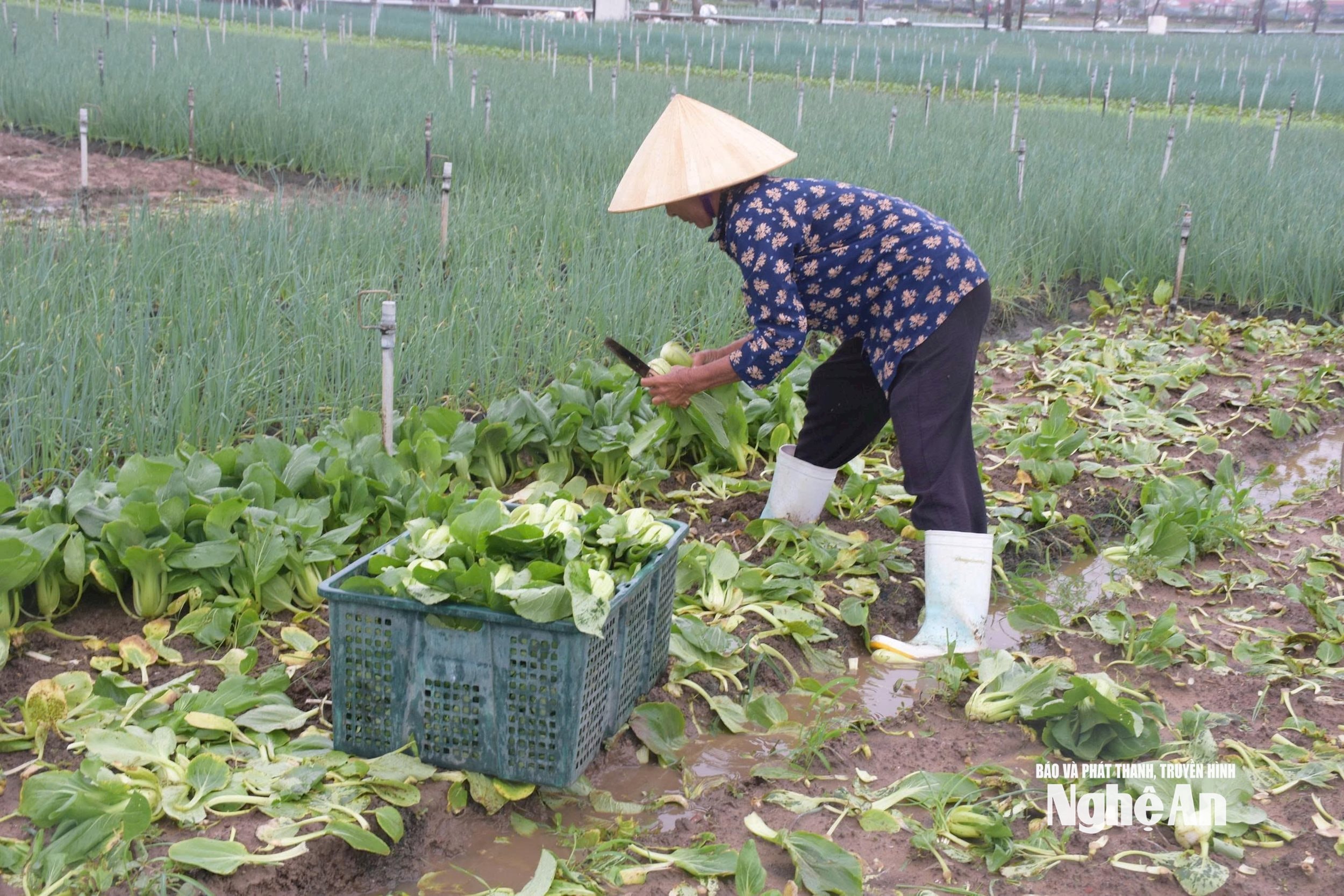
*) Agricultural damage due to storms and rains (as of 7:00 p.m. on July 22)
According to data from the Standing Office of the Steering Committee for Natural Disaster Prevention, Search and Rescue and Civil Defense of Nghe An province:
- Damaged rice: 174.4 hectares
- Damaged rice seedlings: 286 hectares
- Annual crops: 111.4 hectares
- Fruit trees: 17.3 hectares
- Perennial crops: 3 hectaresOn the evening of July 22, the People's Committee of Nghe An province issued an urgent notice on flood discharge at Ban Ve Hydropower Plant - the largest project in the North Central region. With the water flow into the reservoir reaching 9,543m³/s, nearly equal to the test flood level of 10,500m³/s, the province has requested downstream localities to mobilize maximum forces and means to respond and evacuate people if necessary. This means that the downstream area of Ca River, where most of the agricultural production area is concentrated, faces the risk of deep flooding and great damage if not promptly responded.
Source: https://baonghean.vn/chay-dua-voi-lu-nong-dan-nghe-an-thu-hach-non-vot-vat-mua-vu-10302929.html


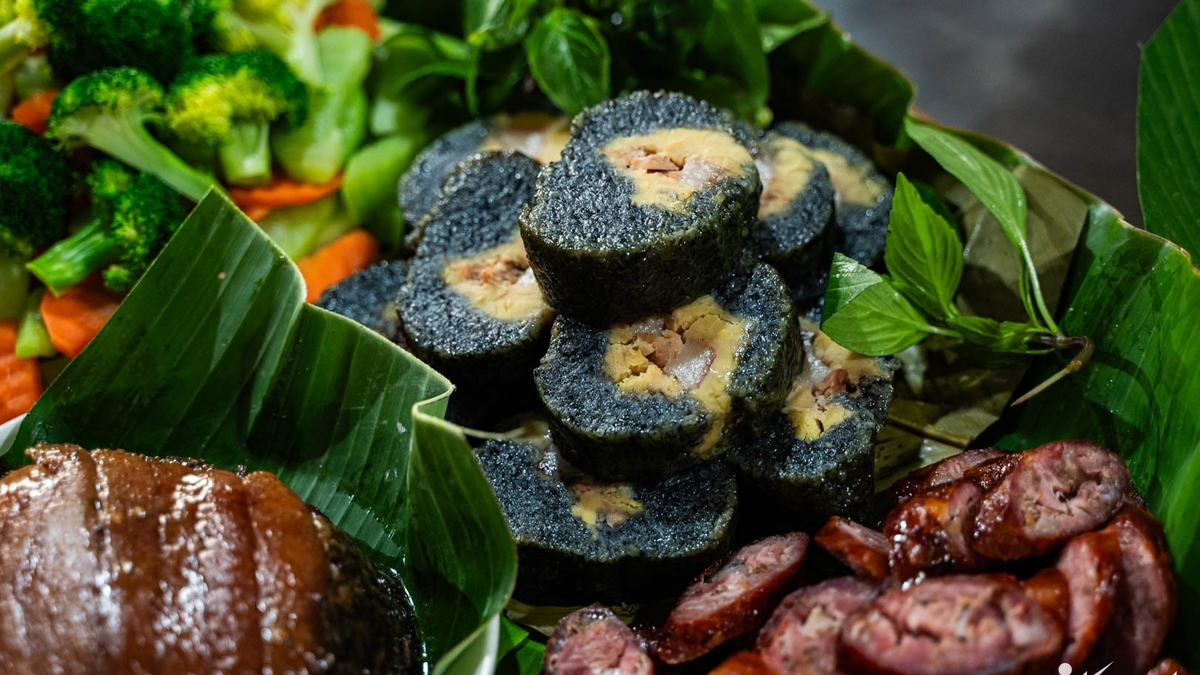
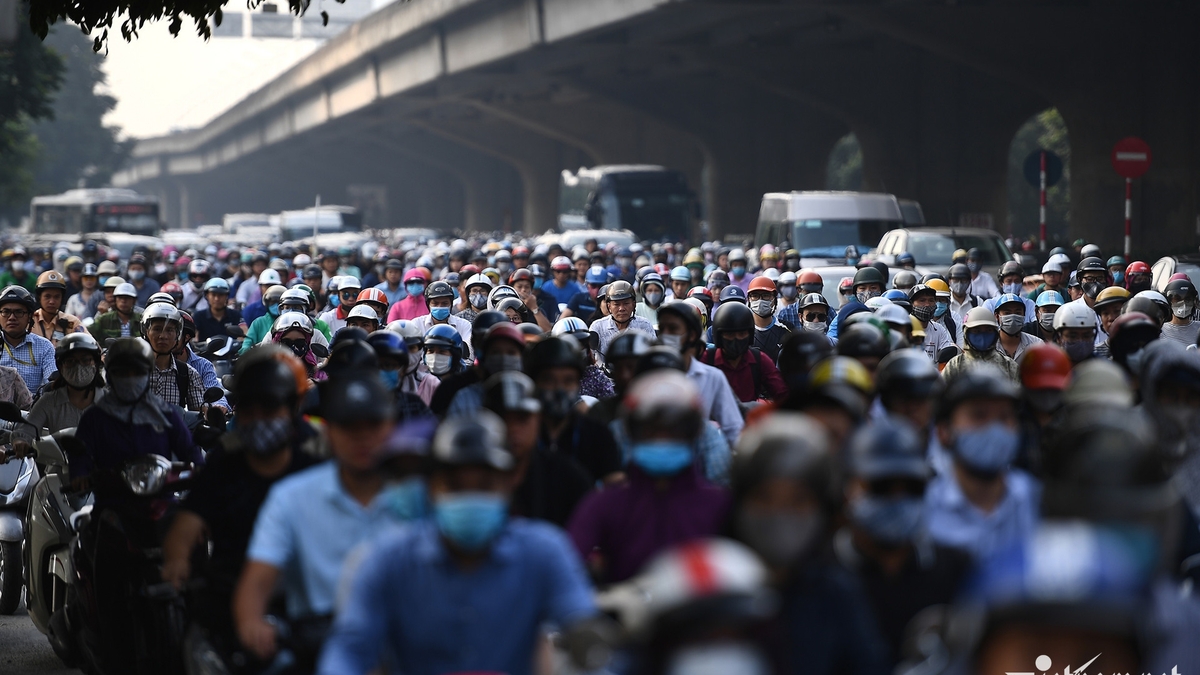











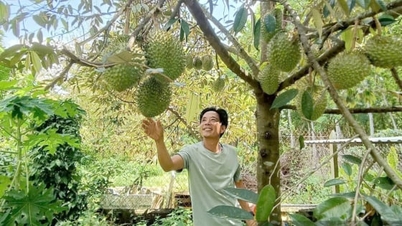













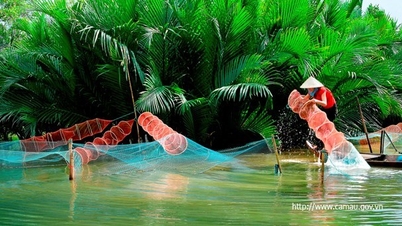






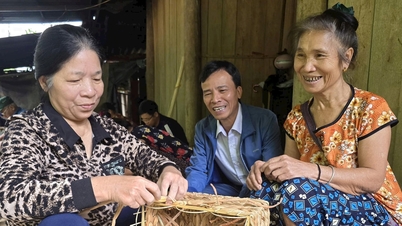

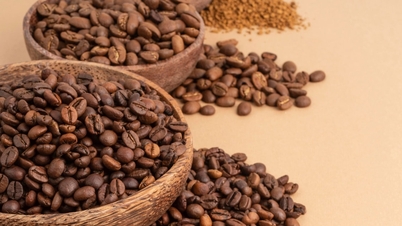







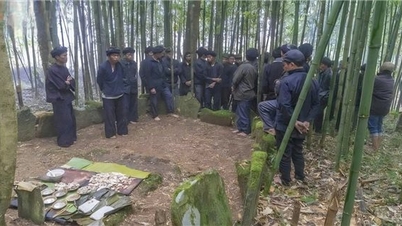















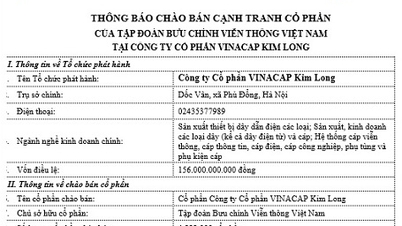







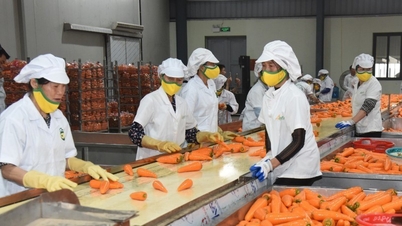





























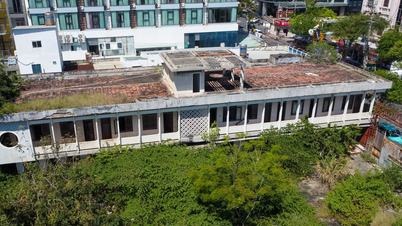





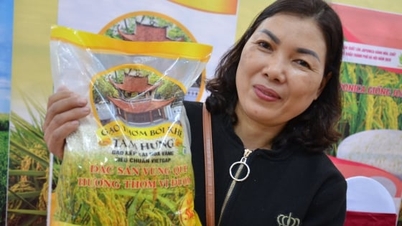


![Dong Nai OCOP transition: [Article 3] Linking tourism with OCOP product consumption](https://vphoto.vietnam.vn/thumb/402x226/vietnam/resource/IMAGE/2025/11/10/1762739199309_1324-2740-7_n-162543_981.jpeg)





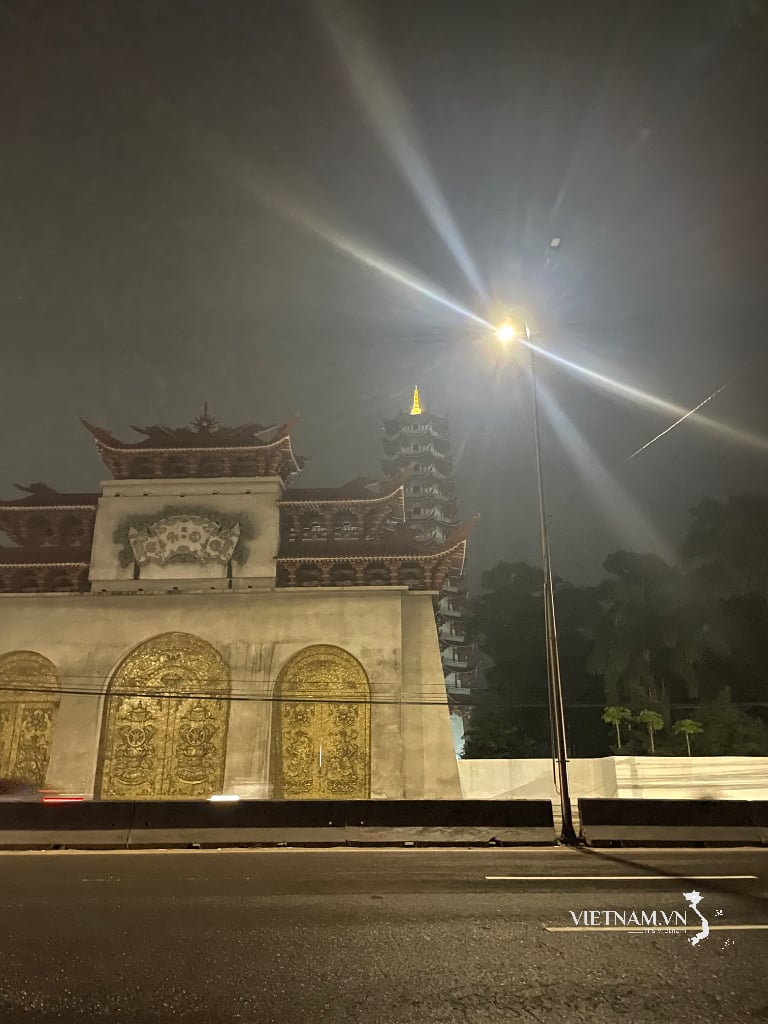

Comment (0)